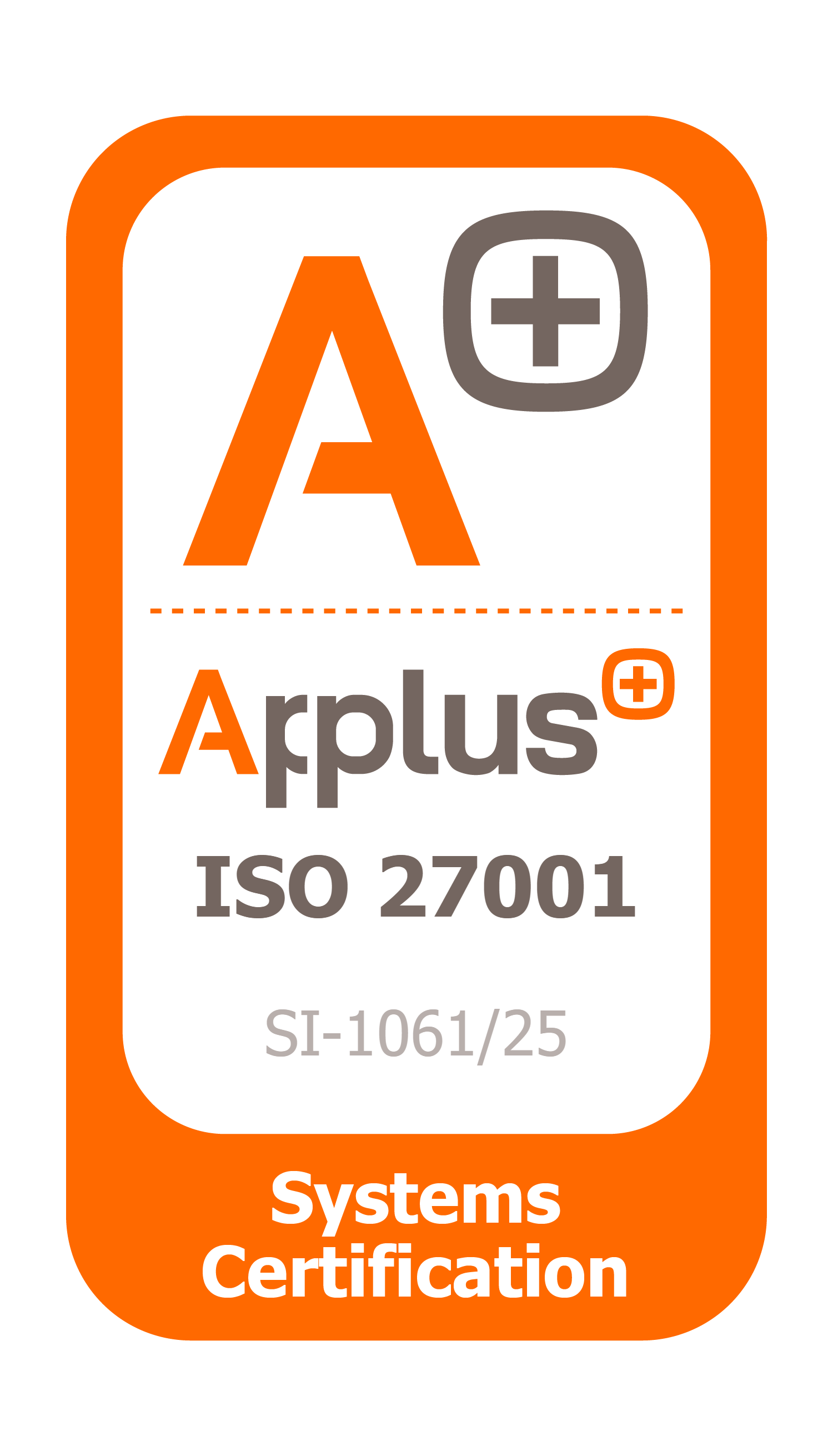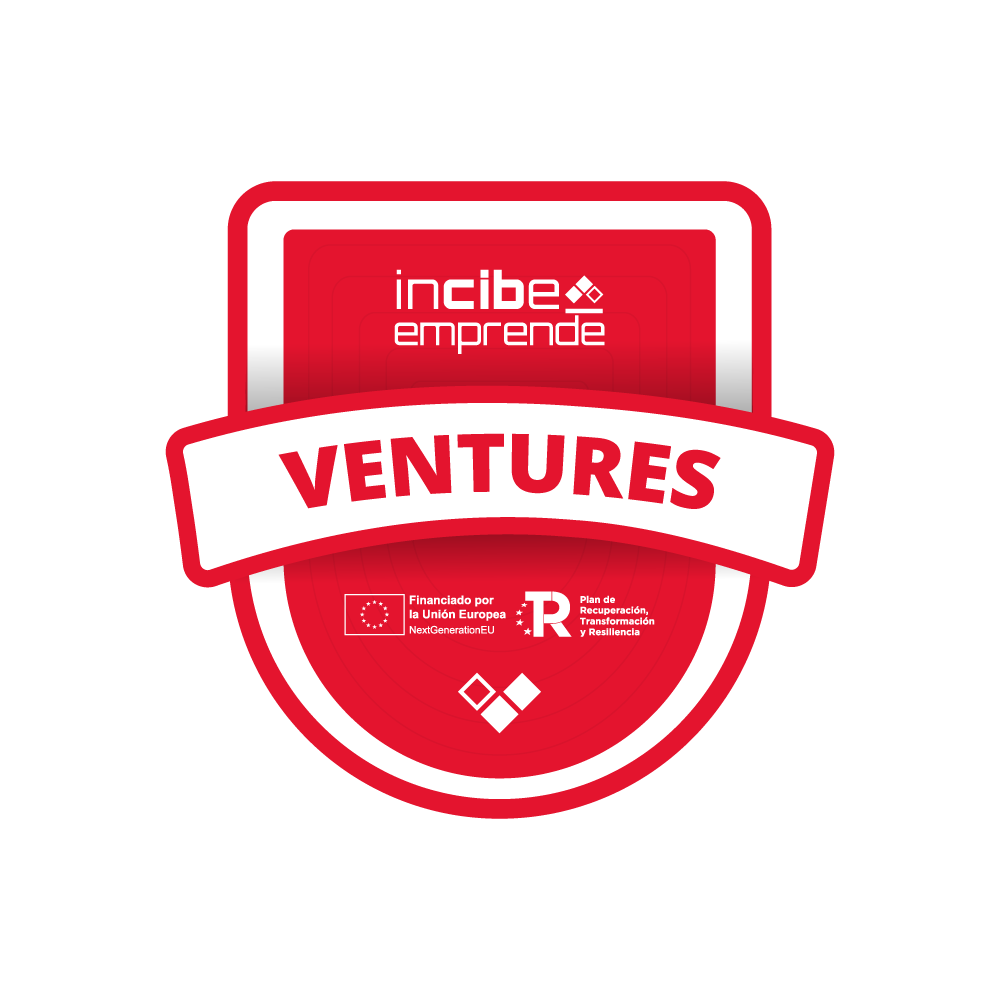Job induction, also known as onboarding, is the process by which a new team member is integrated and trained within an organization. This induction process aims to familiarize the employee with their new work environment, providing them with the necessary information and training to adapt and perform their functions efficiently. Job induction includes introducing the organizational culture, company policies, and the description of the new employee’s tasks and responsibilities.
Benefits of job induction
Implementing a well-structured job induction program offers numerous benefits for both the company and the new team member. These benefits include:
- Quick adaptation: a good induction program facilitates the new employee’s adaptation to their job, accelerating their integration and productivity.
- Reduced turnover: effective induction can decrease employee turnover rates, as employees feel more committed and valued from day one.
- Alignment with company culture: it provides a clear understanding of the organization’s mission, vision, and values, helping align the new employee with the company’s goals.
- Improved productivity: with proper training from the start, employees can begin contributing effectively in less time.
Connect all your spaces with your teams in one place
Beyond bookings, create experiences
Job inductionpProcess: phases
The job induction process is divided into several phases, each designed to facilitate the new employee’s integration into the company:
Welcoming the new team member and signing the contract
In this phase, the new employee is welcomed, given a tour of the facilities, and the contract is signed. This is the employee’s first formal contact with the company and is crucial for making a good first impression.
Company information, culture, and resolving doubts
Here, the employee is introduced to the company’s structure, mission, vision, and values, as well as internal policies and procedures. All the new employee’s questions about their role and the company are addressed.
Introduction to the department or area and tasks
The new employee is introduced to their work team and is given a detailed explanation of their tasks and responsibilities. This phase is essential for the employee to understand how their work contributes to the organization’s success.
Training and adaptation monitoring
Necessary training is provided so that the employee can perform their functions efficiently. Additionally, periodic follow-ups are conducted to ensure the employee is adapting well to their new work environment.
Follow-up on the induction plan
Finally, the success of the induction plan is evaluated through follow-up meetings and satisfaction surveys. This feedback is vital for continuously improving the induction process.
How Hybo can help with the job induction process
Hybo offers various tools that facilitate the job induction process, improving the new employee’s experience and optimizing work management. Some of the advantages of using Hybo in the induction process include:
- Meeting room booking: facilitates the organization of welcome meetings and training sessions. Additionally, our tool provides up-to-date information on available spaces within the company.
- Workstation booking: allows new employees to select their workspace, adapting to their needs and preferences. This way, employees can have information and availability of free zones.
- Parking booking: simplifies access to the company by offering reserved parking spaces. With this service from Hybo, parking is never a problem as our flexible and intelligent software will let you know at any time, in real time, which parking spaces are free.
Discover all our solutions
to go beyond bookings and create experiences
Why is it important to implement a job induction plan in your company?
Implementing a job induction plan in your company is essential for several reasons:
- Improves employee retention: Employees who receive good induction tend to stay longer with the company.
- Increases productivity: A well-integrated and trained employee can start contributing effectively from the beginning.
- Fosters a positive work environment: Employees who understand the company’s culture and values feel more committed and satisfied.
- Cost reduction: Reducing employee turnover and increasing productivity translates into significant savings for the company.
In conclusion, job induction is an essential component of any organization’s human resources strategy. It not only facilitates the adaptation of new team members but also helps create a more efficient and productive work environment. Implementing a good job induction plan is an investment that pays off, both for the employee’s well-being and the company’s success.












